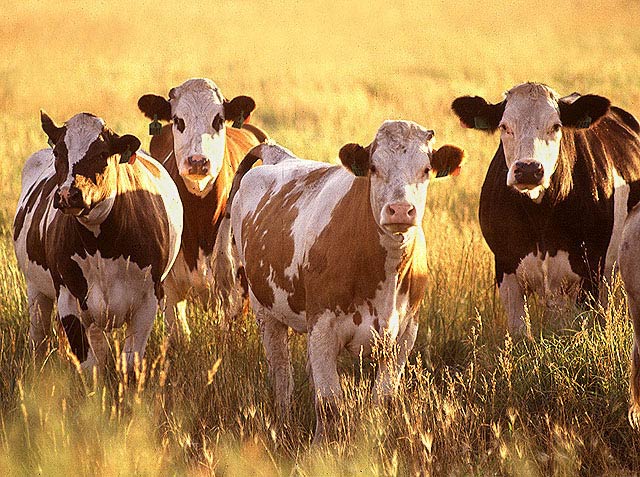California agricultural operations have been significantly impacted by the wildfires, and the U.S. Department of Agriculture (USDA) has technical and financial assistance available to help farmers and livestock producers recover. As agricultural producers move into recovery mode and assess damages, they should contact their local USDA Service Center to report losses and learn more about program options available to assist in their recovery from crop, land, infrastructure and livestock losses and damages.
“California agricultural producers are vital to the state’s economy, and FSA stands ready to assist in their recovery from these wildfires,” said Connie Conway, state executive director for USDA’s Farm Service Agency (FSA) in California. “Once you are able to safely evaluate the impact on your operation, be sure to contact your local FSA office to timely report all damages and losses.”
USDA encourages farmers and livestock producers to contact the FSA county office at the local USDA Service Center to learn which documents should be provided to help the local office expedite assistance, such as farm records, receipts and pictures of damages or losses.
Depending on the operation, FSA offers a number of disaster assistance programs to help offset eligible losses, including the Livestock Indemnity Program, Emergency Assistance for Livestock, Honeybees, and Farm-Raised Fish Program, Emergency Conservation Program, Emergency Forest Restoration Program, Noninsured Crop Disaster Assistance Program (NAP) and Tree Assistance Program.
Additionally, producers located in counties with a primary or contiguous disaster designation may be eligible for low-interest emergency loans to help them recover from production and physical losses.
USDA’s Natural Resources Conservation Service (NRCS) also offers programs to help in the recovery process. The Environmental Quality Incentives Program (EQIP)’s Catastrophic Fire Recovery practice provides resource protection for areas burned by catastrophic fires. Benefits include preventing soil erosion protection, minimizing spread of noxious and invasive plants, protecting water quality and restoring livestock infrastructure necessary for grazing management.
Producers with Federal crop insurance coverage should contact their crop insurance agent for assistance. Producers should report crop damage to their agent within 72 hours of damage discovery and follow up in writing within 15 days.
“We can’t predict when natural disasters will occur, but crop insurance can provide a safety net for California farmers and livestock producers when disaster strikes,” said Jeffrey Yasui, director of RMA’s Regional Office that covers California. “Our Approved Insurance Providers, loss adjusters and agents are experienced and well trained when it comes to disaster recovery and are ready to assist impacted producers.
Assistance for Communities
Additional NRCS programs include the Emergency Watershed Protection (EWP) program, which provides assistance to local government sponsors with the cost of addressing watershed impairments or hazards such as debris removal and streambank stabilization. Eligible sponsors include cities, counties, towns, conservation districts or any federally recognized Native American tribe or tribal organization.
When a watershed impairment occurs due to a natural disaster event, the district conservationist serves as the local facilitator for EWP activities. The Federal Emergency Management Agency (FEMA) is the lead federal agency for Presidentially declared natural disasters. All NRCS emergency work is coordinated with FEMA or its designee. Sponsors must submit a formal request (via mail or email) to the state conservationist for assistance within 60 days of the natural disaster occurrence or 60 days from the date when access to the sites become available. For more information, please contact Greg Norris, EWP program manager, at greg.norris@usda.gov or (530) 792-5609.
“EWP provides immediate assistance to communities to mitigate potential hazards to life and property resulting from the fires,” said Carlos Suarez, state conservationist for the NRCS in California. “We can work with a local sponsor to help a damaged watershed channel water and reduce erosion so that lives and property are protected while preventing further devastation in the community.
In addition to EWP, Conservation Technical Assistance (CTA) is another valuable service that NRCS can provide following a wildfire. NRCS technical assistance can help fire victims with planning cost-effective post fire restoration practices.

More Information
Producers and landowners can use the online Disaster Assistance Discovery Tool, answering five questions to identify USDA programs that will help meet disaster recovery needs.
For more information on all USDA disaster assistance programs, visit farmers.gov/recover, or contact your local USDA Service Center, which can be found at farmers.gov/service-center-locator. For assistance with a crop insurance claim, please contact your crop insurance agent.











